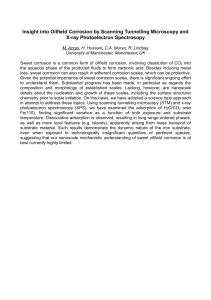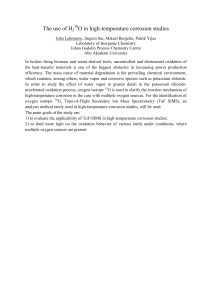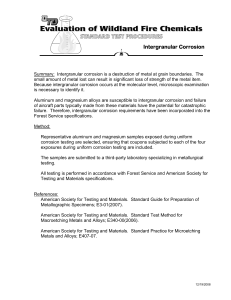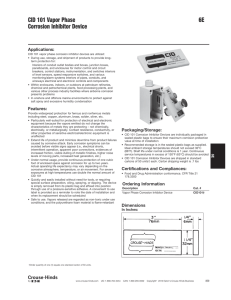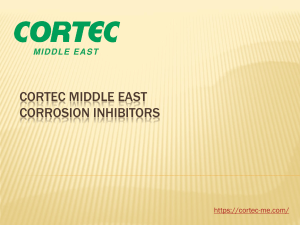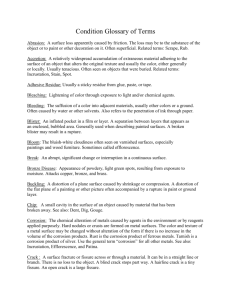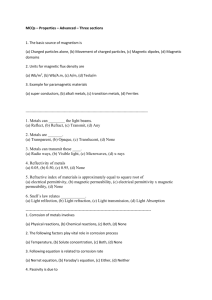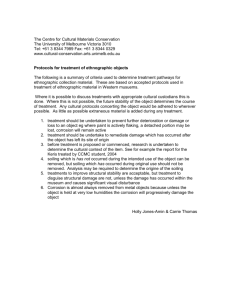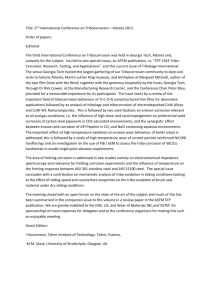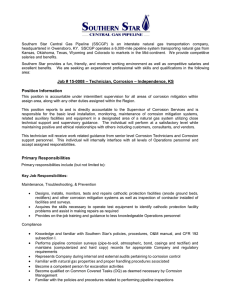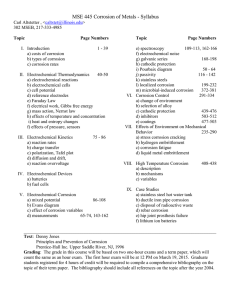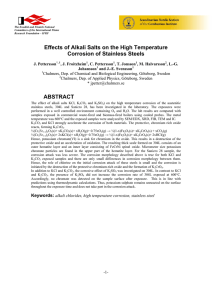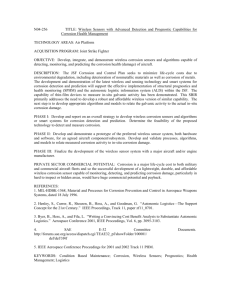Development and Implementation of a Predictive Model for Flow
advertisement
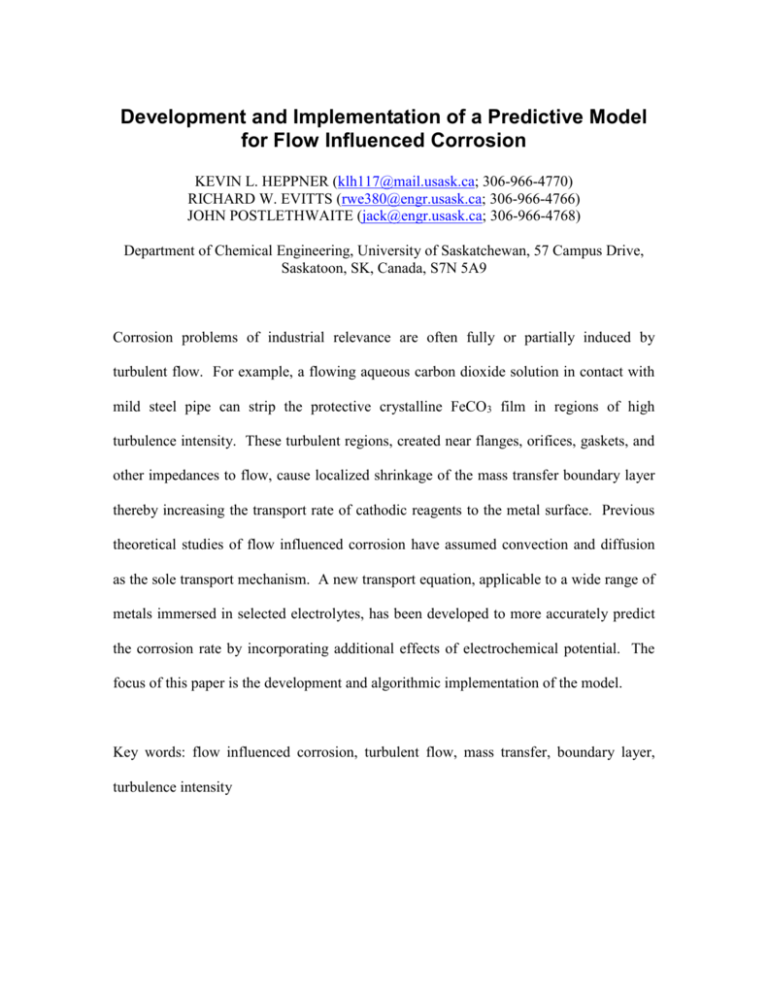
Development and Implementation of a Predictive Model for Flow Influenced Corrosion KEVIN L. HEPPNER (klh117@mail.usask.ca; 306-966-4770) RICHARD W. EVITTS (rwe380@engr.usask.ca; 306-966-4766) JOHN POSTLETHWAITE (jack@engr.usask.ca; 306-966-4768) Department of Chemical Engineering, University of Saskatchewan, 57 Campus Drive, Saskatoon, SK, Canada, S7N 5A9 Corrosion problems of industrial relevance are often fully or partially induced by turbulent flow. For example, a flowing aqueous carbon dioxide solution in contact with mild steel pipe can strip the protective crystalline FeCO3 film in regions of high turbulence intensity. These turbulent regions, created near flanges, orifices, gaskets, and other impedances to flow, cause localized shrinkage of the mass transfer boundary layer thereby increasing the transport rate of cathodic reagents to the metal surface. Previous theoretical studies of flow influenced corrosion have assumed convection and diffusion as the sole transport mechanism. A new transport equation, applicable to a wide range of metals immersed in selected electrolytes, has been developed to more accurately predict the corrosion rate by incorporating additional effects of electrochemical potential. The focus of this paper is the development and algorithmic implementation of the model. Key words: flow influenced corrosion, turbulent flow, mass transfer, boundary layer, turbulence intensity




